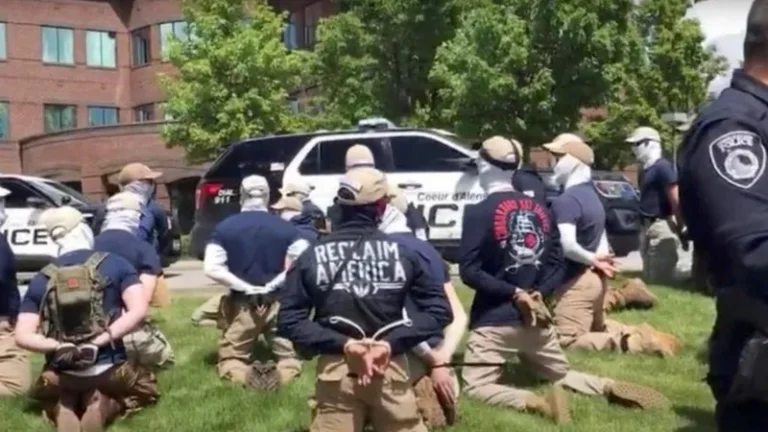A white supremacist plot refers to a planned scheme carried out by individuals or groups motivated by the belief that White people are superior to others and should dominate society. These plots often involve violent or illegal actions designed to promote racial hatred, intimidate targeted groups, or destabilize social order to advance White supremacist goals. Such plots pose serious threats to public safety and national security, making it critical to understand their nature and implications.
At the core of these plots is an ideology rooted in racism and hate. White supremacists view non-White people as threats or inferior and seek to maintain or restore racial hierarchies through violence or terror. This extremist worldview fuels the motivation behind attacks, which frequently target racial and religious minorities, government officials, law enforcement officers, and others opposing White supremacist views. High-profile targets in these plots often include politicians, judges, activists, or community leaders, reflecting the desire to challenge institutions perceived as barriers to their agenda.
White supremacist plots are commonly associated with acts of terrorism such as bombings, shootings, and assassinations. The goal is to create fear, incite chaos, or provoke social unrest to further their cause. Some extremist groups adopt the concept of accelerationism, which encourages escalating violence and chaos to collapse existing social systems and rebuild a society based on their racial ideals. This dangerous strategy heightens the potential for mass harm and destabilization.
The rise of the internet and encrypted communication platforms has transformed how white supremacist plots are conceived and coordinated. Groups now utilize online forums, social media, and private messaging apps such as Telegram to spread propaganda, recruit new members, and plan attacks with a degree of secrecy and reach not previously possible. These online networks enable extremists to connect across regions and countries, amplifying their influence and the scope of potential threats.
Law enforcement agencies and governments worldwide have recognized the growing danger posed by white supremacist plots and have increased efforts to monitor, investigate, and prevent such threats. Arrests and prosecutions of individuals involved in these plots are part of a broader strategy to disrupt extremist networks and protect communities. Intelligence gathering and cooperation among agencies are essential components of these efforts, given the often covert and transnational nature of the threats.
A recent example highlighting the ongoing risk of white supremacist plots involves Noah Lamb, a 24-year-old charged in 2025 for his role in a conspiracy targeting federal officials. Lamb was part of the Terrorgram Collective, a group operating on the encrypted messaging platform Telegram. This collective propagated violent extremist ideology and compiled a “kill list” that included high-profile targets such as a U.S. senator and a federal judge. Authorities found that Lamb helped gather personal information about these individuals, including home addresses and photos, which were then shared to encourage violent attacks. His arrest and the seizure of extremist materials and firearm parts underscore the severity of such threats.
White supremacist plots are part of a larger challenge related to domestic extremism, hate crimes, and online radicalization. These incidents underscore the ongoing presence of violent racism and the need for vigilance to counteract its influence. Public safety depends on addressing these threats through comprehensive law enforcement measures, community awareness, and efforts to combat hate speech and extremism online.
The evolving tactics of white supremacist groups, especially their use of technology to plan and promote violence, call for adaptive strategies to detect and disrupt plots before they can be executed. Preventing these acts requires not only reactive measures but also proactive approaches to understanding radicalization processes and cutting off the spread of extremist ideologies. Collaboration between government agencies, technology companies, and civil society organizations plays a critical role in this endeavor.
White supremacist plots remind society of the ongoing risks posed by extremist ideologies that reject diversity and promote violence. Monitoring, investigating, and countering these plots remain vital priorities for national security and the protection of democratic values. As such, efforts to track hate-driven activities and intervene early continue to be an important part of maintaining safety and social cohesion.







